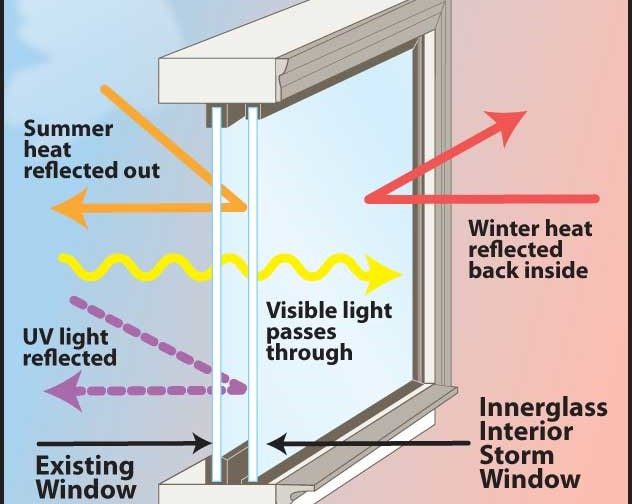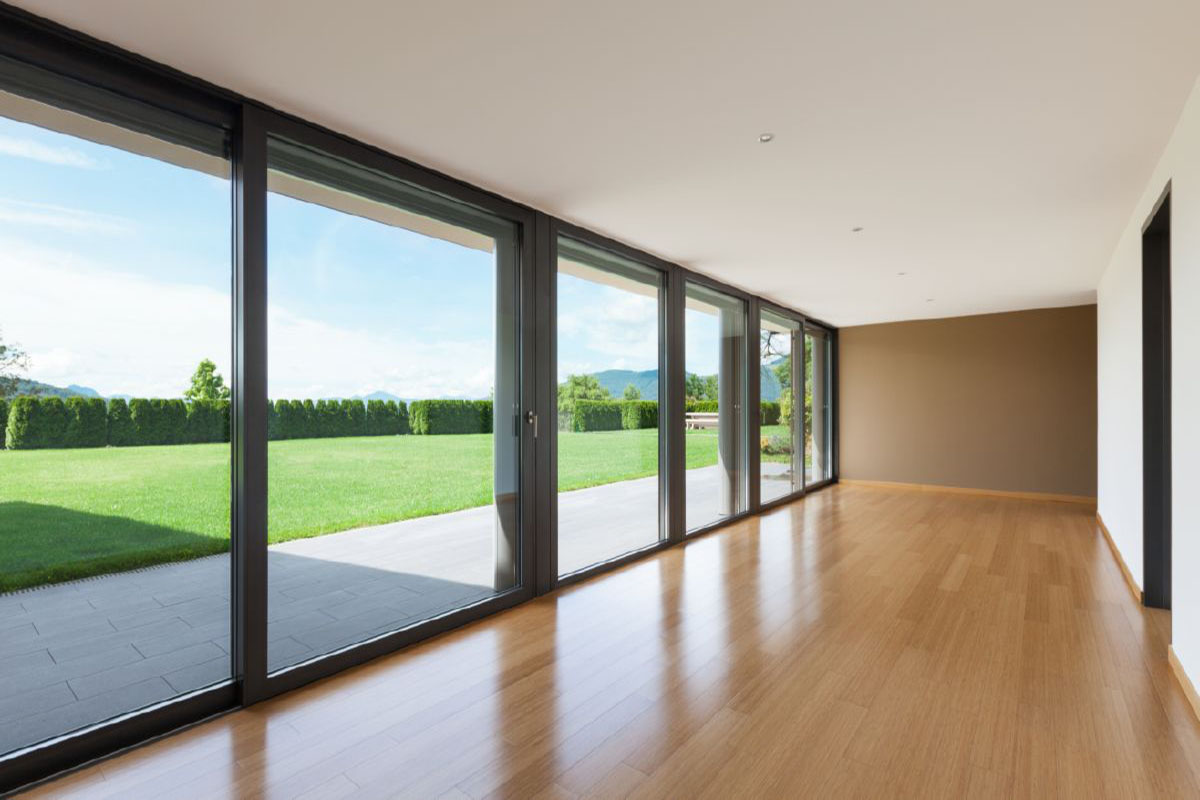All Categories
Featured
Table of Contents
How To Retrofit Your Windows With Double Glazing, And Keep ... in Morley Perth
Glazing merely suggests the windows in your house, including both openable and set windows, along with doors with glass and skylights. Glazing actually simply implies the glass part, however it is usually used to refer to all elements of an assembly consisting of glass, films, frames and furnishings. Taking notice of all of these aspects will help you to attain effective passive style.

Energy-efficient glazing makes your home more comfy and drastically lowers your energy costs. However, inappropriate or improperly developed glazing can be a significant source of unwanted heat gain in summer and significant heat loss and condensation in winter. Up to 87% of a home's heating energy can be acquired and as much as 40% lost through windows.
Double Glazing Perth in Alexander Heights Western Australia
Glazing is a considerable investment in the quality of your house. A preliminary investment in energy-efficient windows, skylights and doors can greatly reduce your annual heating and cooling bill.

This tool compares window choices to a base level aluminium window with 3mm clear glass. Comprehending a few of the crucial homes of glass will assist you to choose the very best glazing for your home. Key homes of glass Source: Adapted from the Australian Window Association The quantity of light that travels through the glazing is referred to as noticeable light transmittance (VLT) or visible transmittance (VT).
Which Is The Best Type Of Double Glazing? - Which? - Which.co.uk in Port Kennedy Perth
The U value for windows (expressed as Uw), explains the conduction of the whole window (glass and frame together). The lower the U value, the higher a window's resistance to heat flow and the much better its insulating value.
For example, if your home has 70m2 of glazing with aluminium frames and clear glass with a U worth of 6. 2W/m2 C, on a winter's night when it is 15C chillier outside compared with inside your home, the heat loss through the windows would be: 6. 2 15 70 = 6510W That is equivalent to the overall heat output of a large space gas heating system or a 6.
Glass & Glazing - Easy Windows Upvc Double & Triple ... in North Beach Western Australia

If you select a window with half the U value (3. 1W/m2 C) (for example, double glazing with an argon-filled space and less-conductive frames), you can cut in half the heat loss: 3. 1 15 70 = 3255W The solar heat gain coefficient (SHGC) for windows (revealed as SHGCw) measures how readily heat from direct sunshine flows through a whole window (glass and frame together).
The lower a window's SHGC, the less solar heat it sends to your home interior. Glazing makers state an SHGC for each window type and style. Nevertheless, the actual SHGC for windows is impacted by the angle that solar radiation strikes the glass. This is called the angle of incidence.
Benefits Of Double Glazing Low-e in Samson Western Australia
When the sun is perpendicular (at 90) to the glass, it has an angle of occurrence of 0 and the window will experience the maximum possible solar heat gain. The SHGC declared by glazing manufacturers is always determined as having a 0 angle of incidence. As the angle increases, more solar radiation is reflected, and less is transferred.
Table of Contents
Latest Posts
Sustainability in Bassendean Perth
Climateframe Double Glazing: Perth's Double Glazed ... in Subiaco Western Australia
4 Benefits Of Double Glazed Windows In The Summer in Murdoch Western Australia
More
Latest Posts
Sustainability in Bassendean Perth
Climateframe Double Glazing: Perth's Double Glazed ... in Subiaco Western Australia
4 Benefits Of Double Glazed Windows In The Summer in Murdoch Western Australia